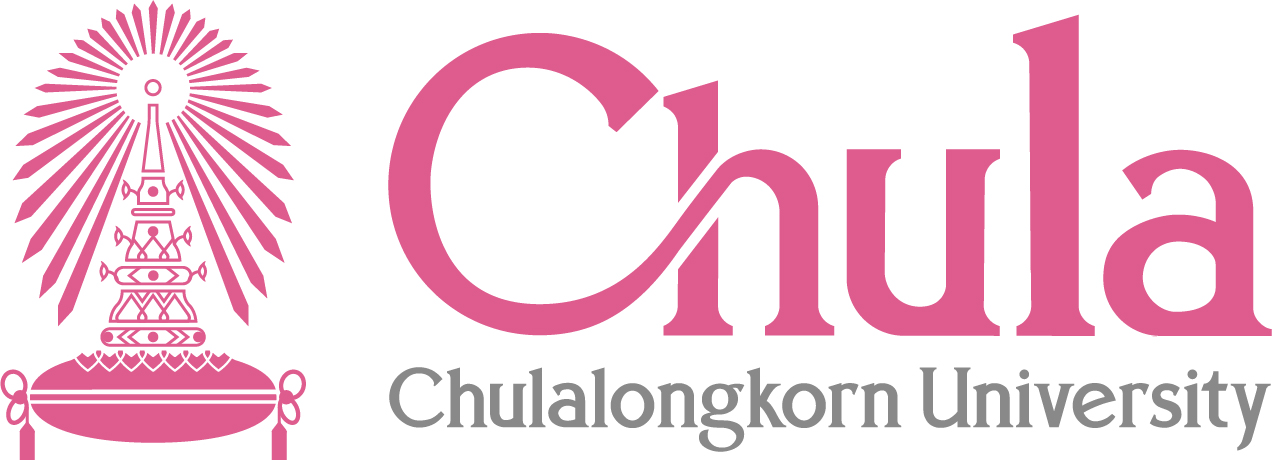Newswise — A graduate student at Chula’s Faculty of Education has designed a “Creative Weaving” tool kit to inspire people of all ages to enjoy simple weaving activities that don’t require basic skill or knowledge. The activity is fun and helps improve concentration.
“Wickerwork” is a form of handicraft that involves the skill of weaving natural fibers into household items that are used in daily life like various types of baskets or animal traps etc. The handiwork is a form of our cultural heritage passed down from our ancestors and is still around today. What seems to differ is that at present people find a different use for these items with many using wickerwork for interior décor to create a “minimal, simple, yet chic” atmosphere currently in vogue.
For this reason, basket and wickerwork are still very much in demand, though creating these crafts is no longer an easy task as it requires both skill and dexterity that comes from the ability to remember how to cross the strips over and under each other to create a variety of attractive designs. Mr. Suchart Imsamran, a Master’s Degree student in the Division of Art Education, Faculty of Education, Chulalongkorn University has been successful in creating the “Creative Weaving” activity kit with a numerical system to inspire learners to find an enjoyable way to learn the craft in a way that encourages development and concentration. The endeavor is also a way to ensure the continuation of our valuable cultural heritage.
Suchart explained to us that “for those of us who are art teachers trying to teach wickerwork, we will encounter individuals without any basis or skill whatsoever who will immediately assume that this is such a difficult task. They tend to give up right away although wickerwork is quite a simple and suitable task for basic learners. My adviser and I tried to come up with a way to help those learners to be able to master the skill from their first lesson to boost their confidence and encourage them to keep learning the craft.”
“Creative Weaving” with a numerical system
“Creative Weaving” is part of a set of activities that provides a prototype of weaving using numbers. The tool kit comprises an instrument for paper weaving with buttons to press and strips of paper to weave each with a number assigned to it. According to Suchart, the numbers help simplify the task of weaving considerably.
“We applied the numerical system of weaving based on a technique used in factories by assigning numbers to the wefts and warps of each strand to produce systematic designs” Suchart explained how the “creative weaving” design process came about.
Our initial test kit prototype was a paper weaving device for pressing but the process for producing it was time-consuming and the cost was high so it was replaced by another device with numbers on the paper strips instead of a press. This latter proved to be very suitable for teaching students and does not require a very high budget.
“For the second prototype, we took the numbers in the device and put them straight onto the warp strand which made it easier to reproduce in a short time. It is more economical and can be carried around anywhere. We can send our students the kit and hold online classes so that they follow the instructions and learn from home. We can also determine the type of paper and the thickness of the weaving materials.” said Suchart who also added that the design of this “Creative Weaving” activity kit has already been registered and patented.
When wickerwork is transformed into an educational tool, the “Creative Weaving” kit can promote the learner’s development and level of concentration and is therefore beneficial for people of all ages, from children to teenagers, working men, and women, the aged or disabled persons.
“The learner must have a good level of concentration to focus on and remember all the different strands involved, calculate the gaps as well as to design the finished design and apply it to a finished product that can be utilized. Aside from this, it might also be part of the “healing” activities during the lockdown that might help relieve people from the stress caused during the recent pandemic. I might add too that if used for the aged, this activity can help in providing exercise for the muscles as well.”
Suchart went on to explain plans that are underway to develop these tools for visually disabled persons by turning the assigned numbers on the paper into Braille which will enable the blind to produce their woven products despite their visual impairment.
Finally, Suchart talked about the possibilities and plans to further expand “Creative Weaving” commercially, which might involve producing something that involves the entire weaving process and uses other types of materials other than paper such as leather or PVC depending on the needs of customers who might be looking for a new woven texture. This will increase the value of both the wickerwork and the learning kit.
Watch a demonstration video on how to use the paper weaving tool with pressed buttons.
https://www.youtube.com/watch?v=HsDViv-9hwE
For those interested in the “Creative Weaving” activity kit, kindly contact the Faculty of Education, Chulalongkorn University.
“Today there might be several platforms for developing teaching innovations, but we might forget that we might be overusing such media. Such extensive use could affect a child’s concentration. We might like to try to develop the mind and create confidence in the learner by trying to understand and see things from the learner’s perspective and adjust our teaching techniques accordingly. This should help to make them learn more skillfully and happily.”
Mr. Suchart Imsamran, Master’s Degree student in the Division of Art Education, Faculty of Education, Chulalongkorn University
Assistant Professor Dr. Soamshine Boonyananta, adviser and research supervisor.

